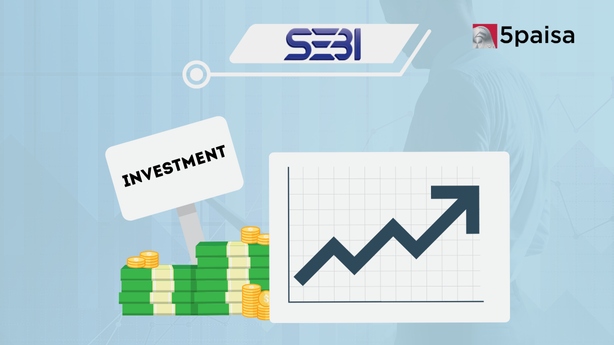Cable and Wire Stocks Decline for Second Session Amid Aditya Birla Group's Market Entry
SEBI allows non-promoters to exit via OFS route

For a long time, the offer for sale (OFS) route could only be used by the promoters to offload their stake in the company through the exchange platform. However, now the Securities and Exchange Board of India (SEBI) has proposed a totally new framework. Under this new framework, share sales through the offer for sale (OFS) route will also be opened for non-promoter investors looking to divest their stake in the company. SEBI has recommended that a separate window be created where the sale of shares through the OFS route can be effected, albeit aligned with the secondary market timings which are prevalent on the stock exchanges at present.
Under the new system proposed by SEBI, the OFS mechanism would also be made available to Indian companies with a market capitalisation of Rs1,000 crore or more. According to the SEBI regulations, the minimum size of the OFS has been kept at Rs25 crore. However, this minimum size criterion would not apply in case the OFS is being done purely with the intention of complying with the regulator’s minimum public shareholding (MPS) norm. Currently, SEBI mandates a minimum of 25% public shareholding in listed companies. In order to meet this particular criteria, companies can do an OFS even of an amount less than Rs25 crore.
This move is widely expected to make OFS the relatively preferred route for investors to exit a sizable stake in shares. Today, investors have two choices for selling a large stake. They can either sell in the open market or they can sell it in the bulk deals window. Selling in the open market has limitations of liquidity and it could also result in prices dropping rapidly if the trade size is too large. Currently, most of the large sellers prefer the bulk deals window. Now, with the OFS window coming in, it is likely to be preferred over bulk deals window since the OFS route offers more pricing flexibility and transparency to the sellers.
Here is how the modus operandi would work for a seller via the OFS route. Firstly, the seller is required to disclose the floor price by 5 PM on the day before the offer for sale (OFS) opens. The seller in the OFS will also be able to offer a discount to the retail investors. However, such details discount, if any, have to be disclosed upfront to the stock exchanges. Typically, only the non-retail investors will be permitted to place bids on Day-1 of the OFS while the retail investors are allowed to bid on the following day. The rule is that the cut-off price is determined based on the bids received from non-retail investors on T-day.
The prerogative is of the stock exchanges to decide on the quantity of shares eligible to be considered as retail bids. This is based on the floor price declared by the seller. The caveat is that if the seller fails to get sufficient demand from the non-retail segment at the floor price, it can choose to cancel the offer. At least 25% of the shares offered must be mandatorily reserved for mutual funds and insurance companies while 10% of the proposed amount of OFS should be reserved for retail investors. In addition, SEBI has also cut the cooling period between two consecutive OFS plans to just two weeks. In case the OFS is withdrawn by the seller, there has to necessarily be a gap of 10 trading days before the next offer is made. SEBI expects the new framework to be fully effective in the next 30 days.
- Flat ₹20 Brokerage
- Next-gen Trading
- Advance Charting
- Actionable Ideas
Trending on 5paisa
01
 5paisa Research Team
5paisa Research Team
02
 5paisa Research Team
5paisa Research Team
03
 5paisa Research Team
5paisa Research Team
Indian Market Related Articles
Disclaimer: Investment in securities market are subject to market risks, read all the related documents carefully before investing. For detailed disclaimer please Click here.





